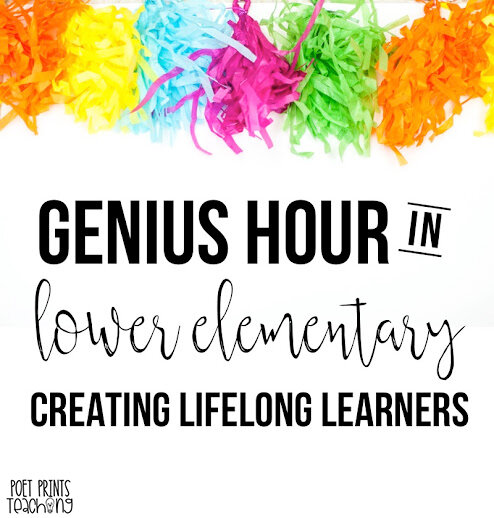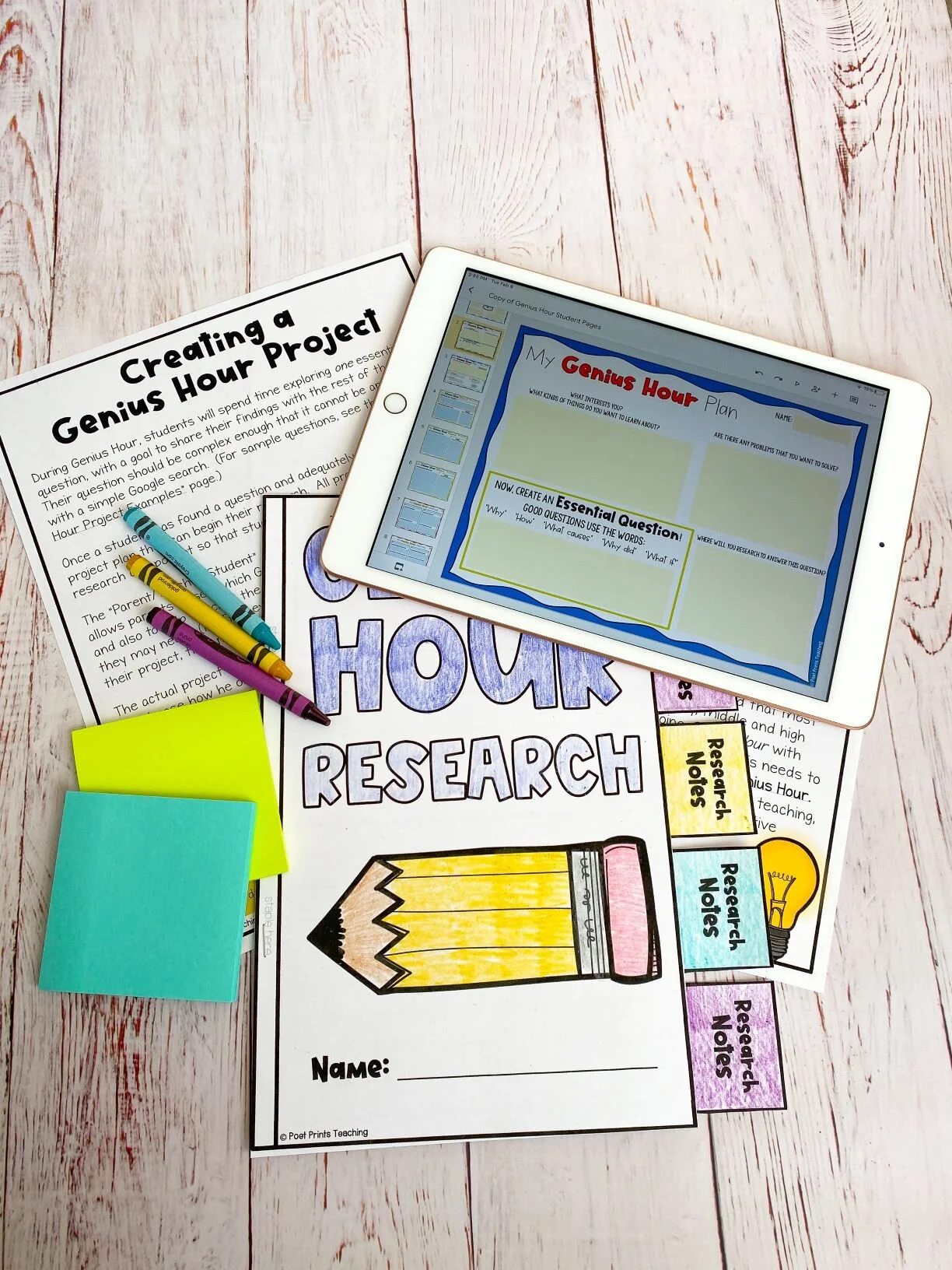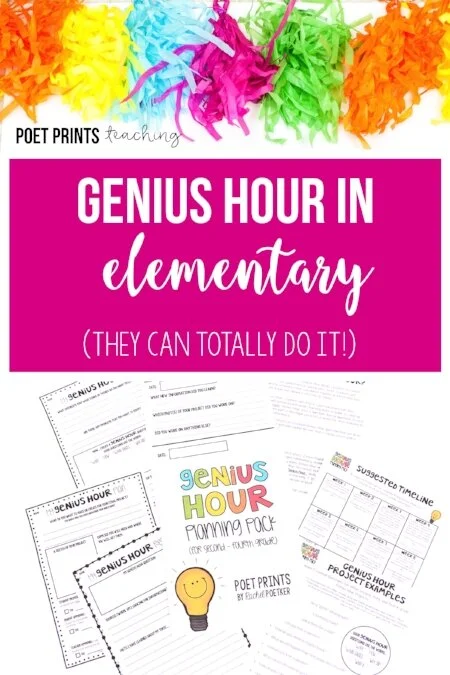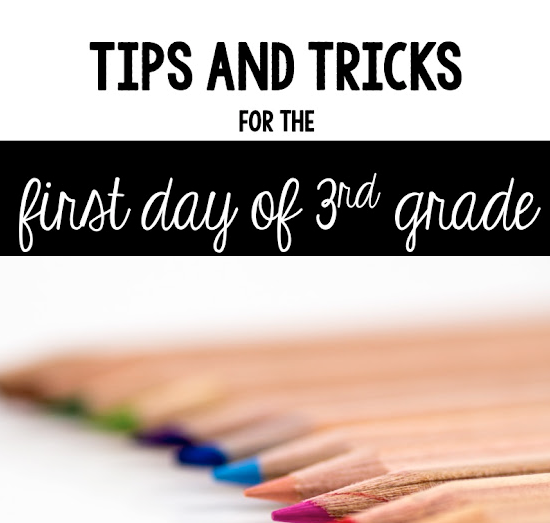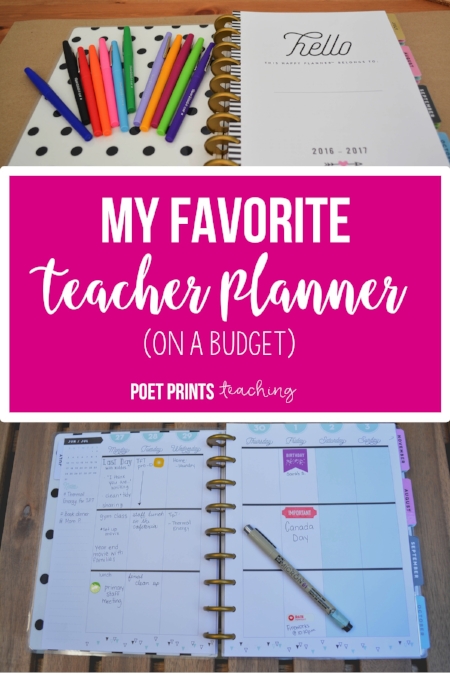When I’m teaching at a Christian school my number one goal each year is to help my students to fall in love with Jesus. Sure, I want them to meet and exceed government standards, and become confident and capable citizens... but the top priority is to see my students live and thrive in their relationship with Christ. I think that one of the most important ways to do this is through a knowledge of the 'stories' in the Bible. All of the Bible is God's love letter to us, His children, and ultimately paints an amazing picture of grace and redemption.

I can remember my first year teaching. I casually said something along the lines of...
"Wow! It is really raining outside! This must be what Noah felt like on the Ark."
Only 2/3 of my class understood what I was talking about. Two-thirds of my class of third-graders in a Christian school.
I investigated further. At least seven of my precious little kiddos were unfamiliar with the story of Noah's Ark. Or Joseph and the Coat of Many Colors. Or Jonah and the Whale. Or Daniel in the Lion's Den. You get the idea.
I learned an important lesson that day - we cannot assume that all of our students in Christian schools (or Sunday School) have basic Biblical background knowledge. I got to work right away making Bible plans to help fill in some of these 'gaps' for my precious kiddos. Together, we worked through many of the ‘big’ stories in the Bible.
We created books to go along with each story...

Like this one about the Garden of Eden! We learned the important details of each story and started to memorize verses... (Noah's Ark)

We learned new Bible story-specific vocabulary...

We made crafts...

For the first time all of my students knew The Creation Story!

Overall we really deepened our knowledge of God's word.
Through our Bible Story Small Group, it was amazing to watch some of my students learn these stories for the first time, and watch others make deeper connections with stories they already knew and loved.
All of my Bible Story units are designed to be useful for a K-5 classroom in Christian School, homeschool, or Sunday School classroom. There are currently more than 12 units available.
How does your class, Sunday School class, or children, like to study the Bible? What inspires you to learn more about Jesus? Share your best ideas in the comments below!
If you’re curious to try a Bible story unit, or need something quick for a Sunday School lesson… I have a new Bible Story lesson all about Esther, The Brave Queen. It’s a sample version of my larger story units, and it’s totally free. It includes scripted lessons, Bible memory, student books, and early finisher activities. Perfect to print and try. E-mail subscribers can try it for free, it’s the perfect way to see if my Bible story units will work for you and your class.














